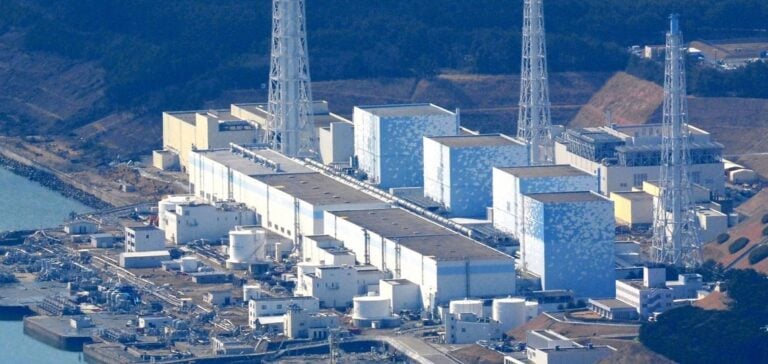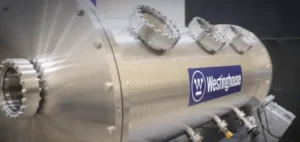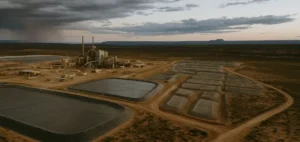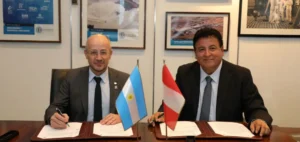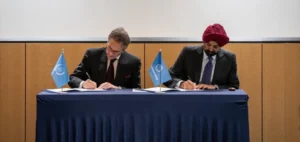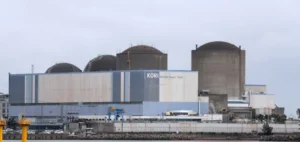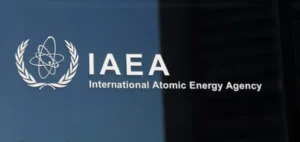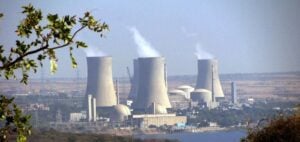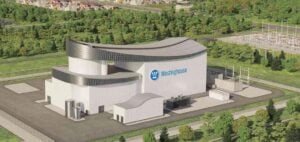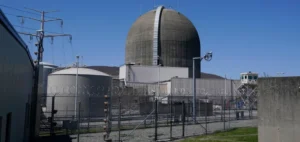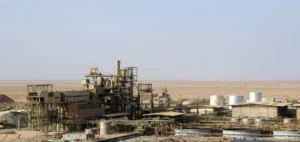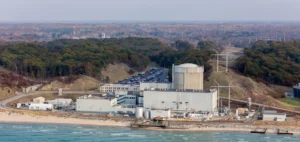The analysis of radioactive debris recently extracted from the Fukushima nuclear power plant is part of preparations for the dismantling of the site. According to Tokyo Electric Power Company (Tepco), the plant’s operator, this step is expected to take between six months and a year. The results will be essential for guiding the next phases of this monumental process.
A 0.7-gram debris sample, retrieved using an innovative robotic device, has been sent to a specialized laboratory near Tokyo. Despite the small quantity, Tepco claims that modern analytical technologies will yield valuable information. Akira Ono, head of dismantling at Tepco, stated that the data would help better understand how the debris was formed and the challenges associated with its large-scale removal.
A technological and scientific challenge
Current work aims to determine the chemical structure and radioactivity levels of the fuel debris. This understanding is vital to mitigating the risks linked to handling highly unstable materials. With approximately 880 tons of radioactive debris still present in Fukushima’s reactors, operations require unprecedented precision.
The challenges are immense. The Fukushima disaster, which followed the March 2011 tsunami, remains one of the worst nuclear crises since Chernobyl in 1986. Three of the six reactors in operation at the time of the event suffered a core meltdown, making the site extremely difficult to decontaminate.
A decades-long dismantling process
The removal of debris is one of the most delicate aspects of Fukushima’s decommissioning. The dismantling operations, which combine decontamination and waste management, are expected to span several decades. Data gathered from the recently analyzed sample will play a key role in this endeavor.
Although technologies continue to evolve, the cost and complexity of these efforts remain major hurdles. However, Tepco expresses confidence in the contributions of the current analyses to future operations. This initial sample could provide crucial insights for the future removal of remaining materials and help reduce risks inherent in this unprecedented task.

